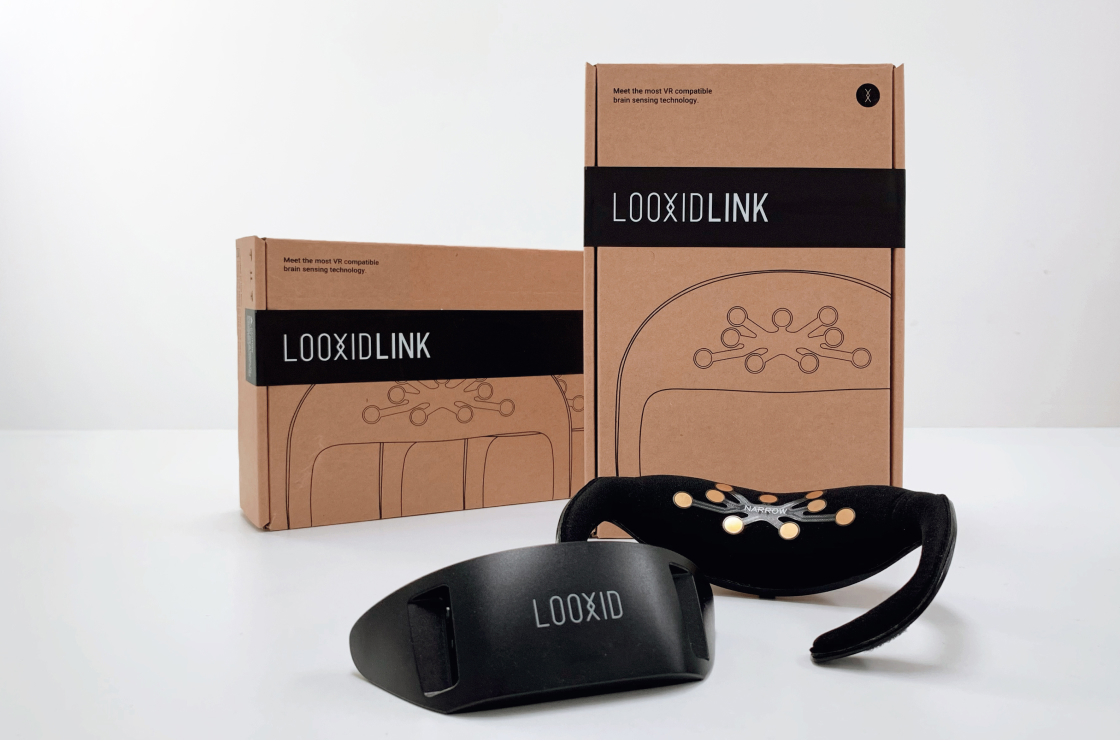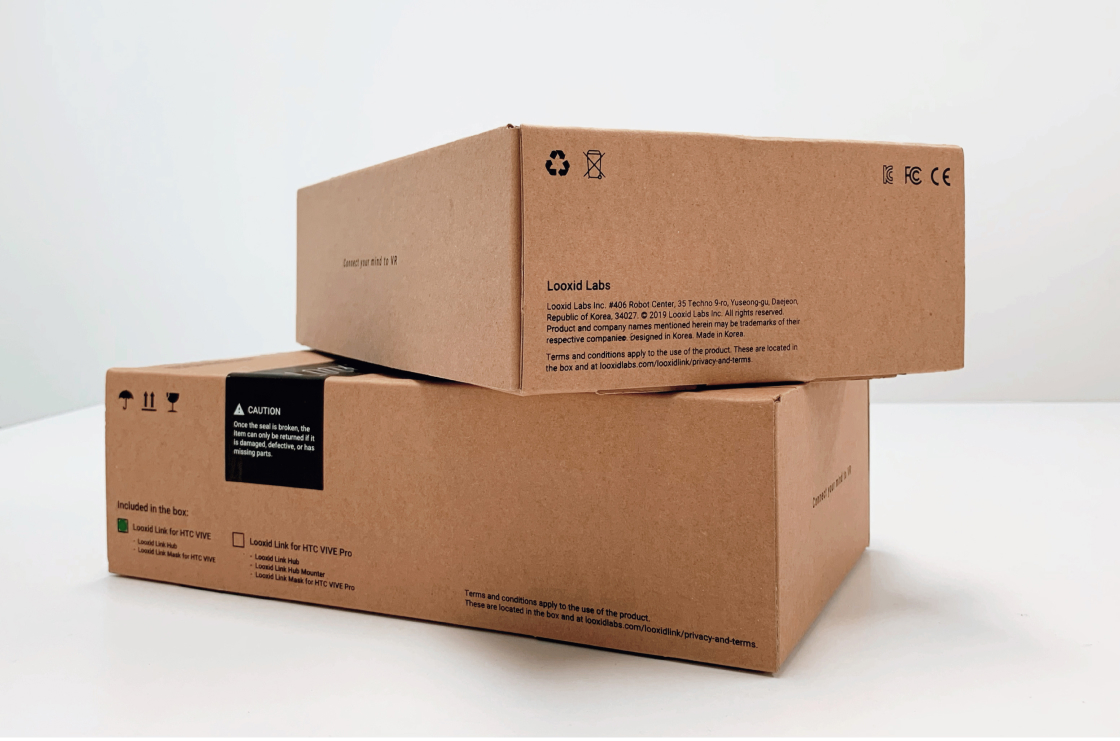Looxid Link
Looxid Link is a VR-compatible brain-sensing technology that seamlessly integrates a biometric system into VIVE and Oculus head-mounted display (HMD) platforms. Contrary to LooxidVR, its predecessor, it was designed for relatively casual uses such as neurogaming or neurofeedback-based meditation. Following the launch of the product, Looxid Labs was selected as a finalist in the 2020 South by Southwest (SXSW) pitch competition.
As the product includes a Unity SDK and comes with application examples, the project scope extended to designing the documentation and demos.
- Company Looxid Labs
- Year 2019
- Scope UX, communication design
Product website
The Looxid Link website is not only for introducing and selling the product but also for providing all information related to the product, such as a user manual, frequently asked questions, download links for applications, and event news. In order to create an eye-catching landing page, an excerpt from the promotional video and the product tagline were displayed together on the top. Following the first section of the page, the examples corresponding to each concept keyword - visualise, interact, and analyse - were shown to give the audience an idea of what they can expect from the product. In addition, a system structure diagram of the product, product features, technical specifications, latest news, and partners/clients list were presented on the same page so the user can get all the essential information about the product without navigating to different pages.
Since maintaining the website requires cross-functional collaboration between different teams within the company, it was built with WordPress. Also, all pages were designed to be responsive.

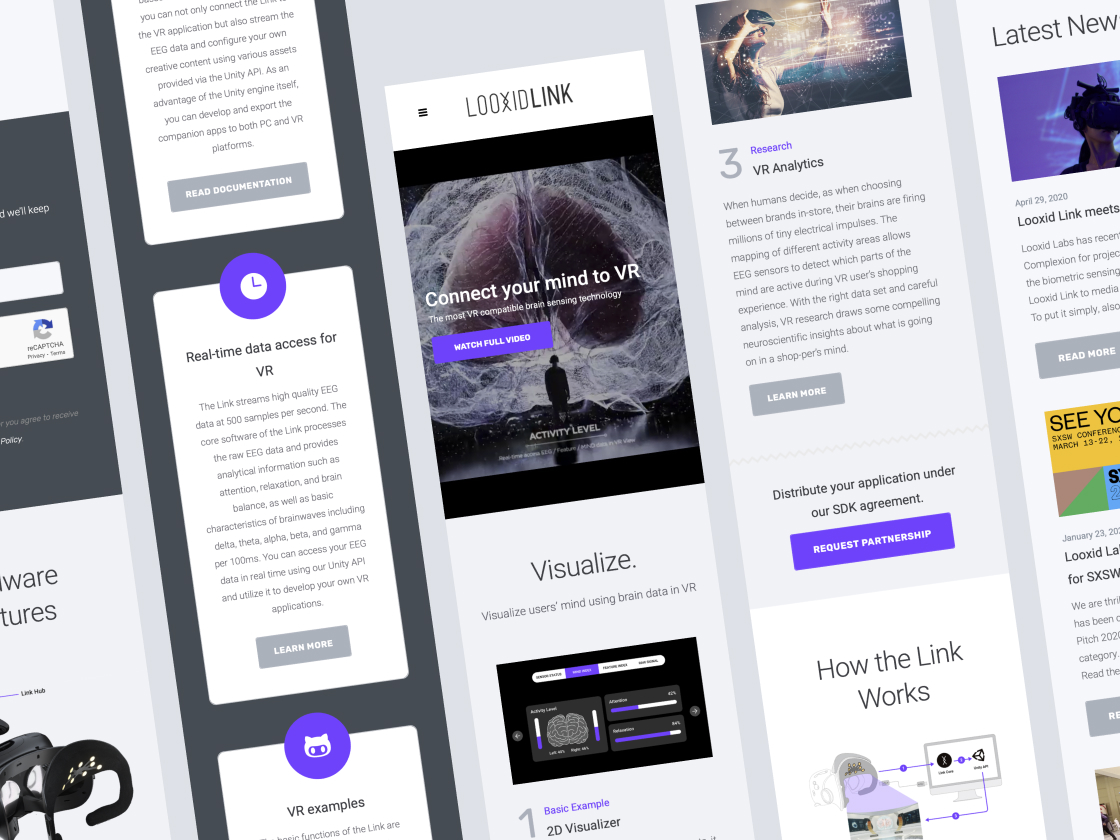
PC application
To use Looxid Link, the user needs to run Looxid Link Core, a Looxid Labs' proprietary software, on a PC connected to a VR headset. The Link Core is essential for integrating the retrieved signals from the brainwave (EEG) sensors into the VR contents. Still, despite its significance, it runs in the system tray rather than the taskbar and has a minimal look as it only has few features accessible through its UI.
By clicking on the Looxid Link icon in the system tray, the user can check the connection status of the Looxid Link device and the VR application. Whenever the connection status changes, a toast message is shown in the notification area to allow the user to see the status change without opening the main UI.
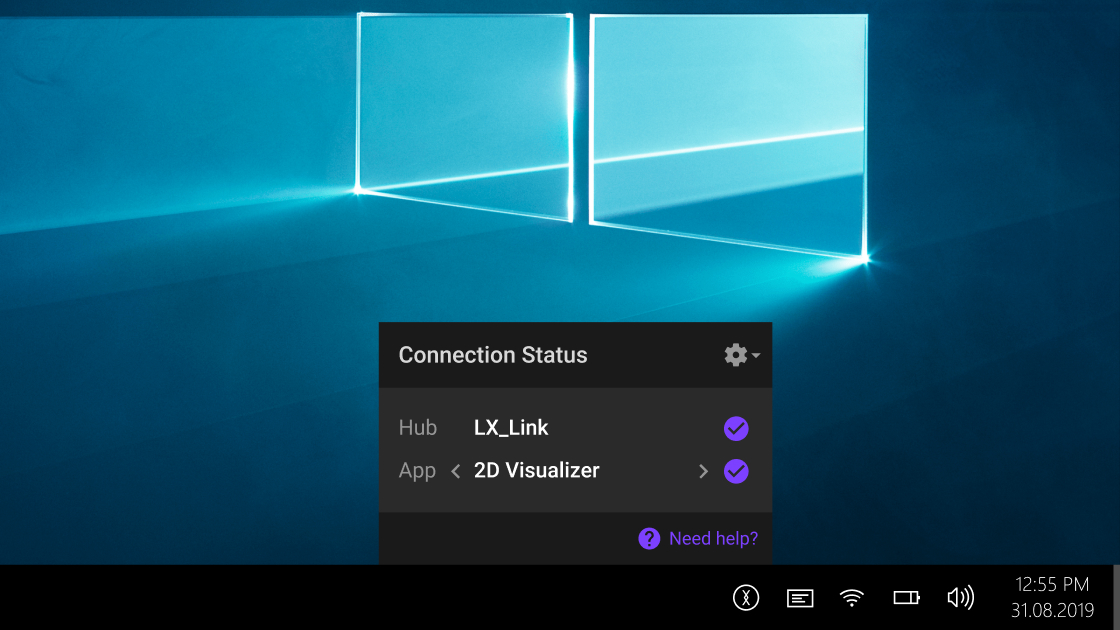
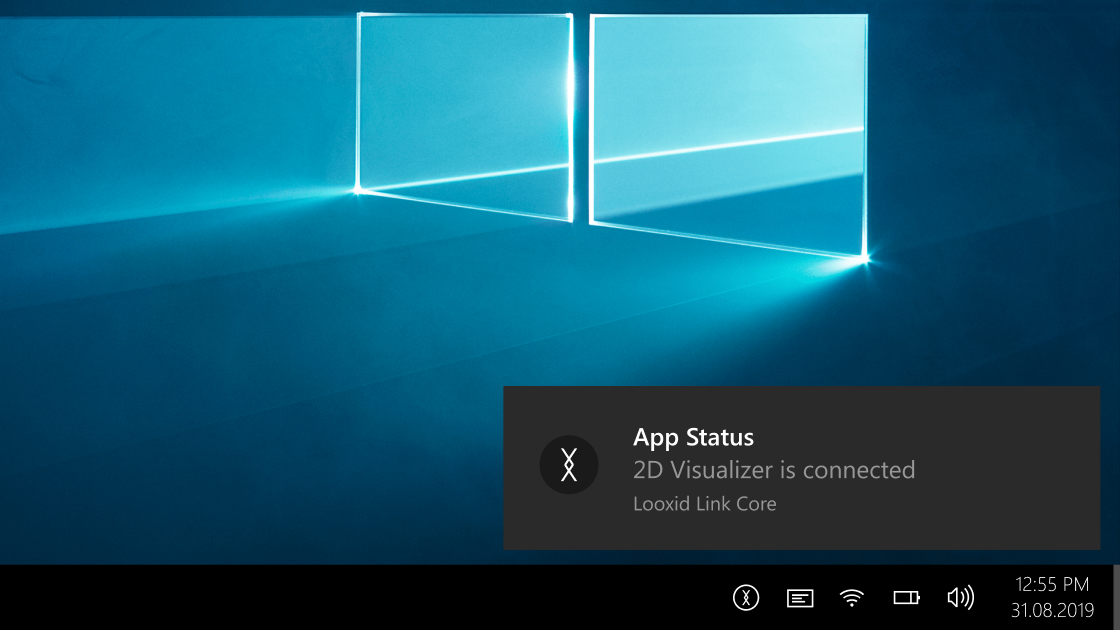
When using the product on a PC with a power cable connected, power noise is transmitted to the EEG electrodes, making it difficult to analyse data properly. Therefore it must be filtered before sending the data to the connected VR application. Because the power frequency differs between countries, users are asked to select the filter frequency that suits their environment during installation. It can be changed anytime later under the settings menu as well.
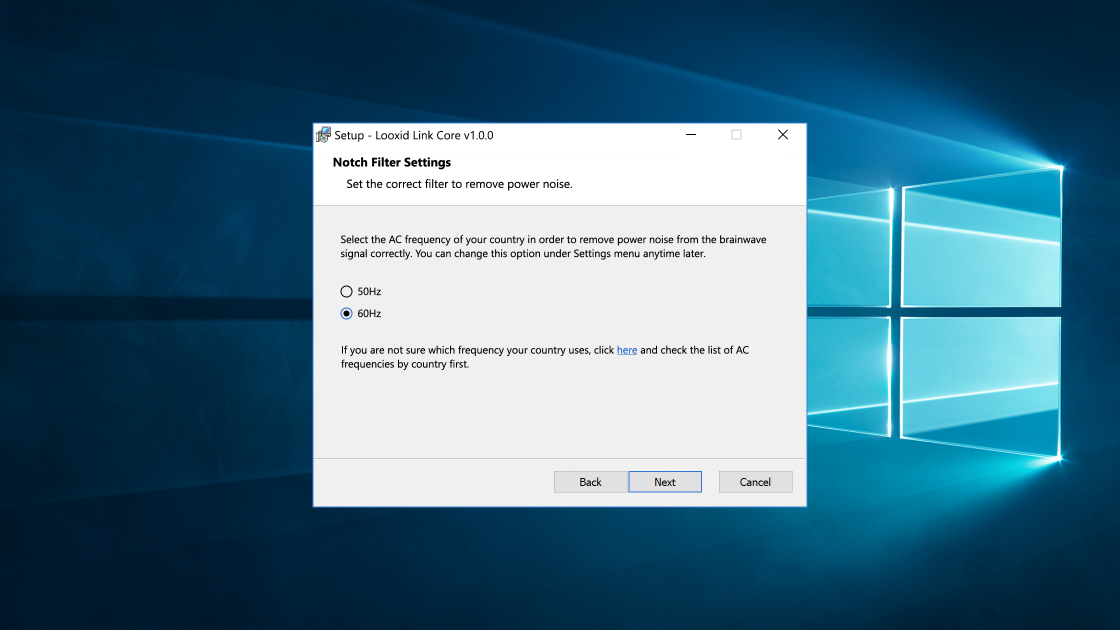
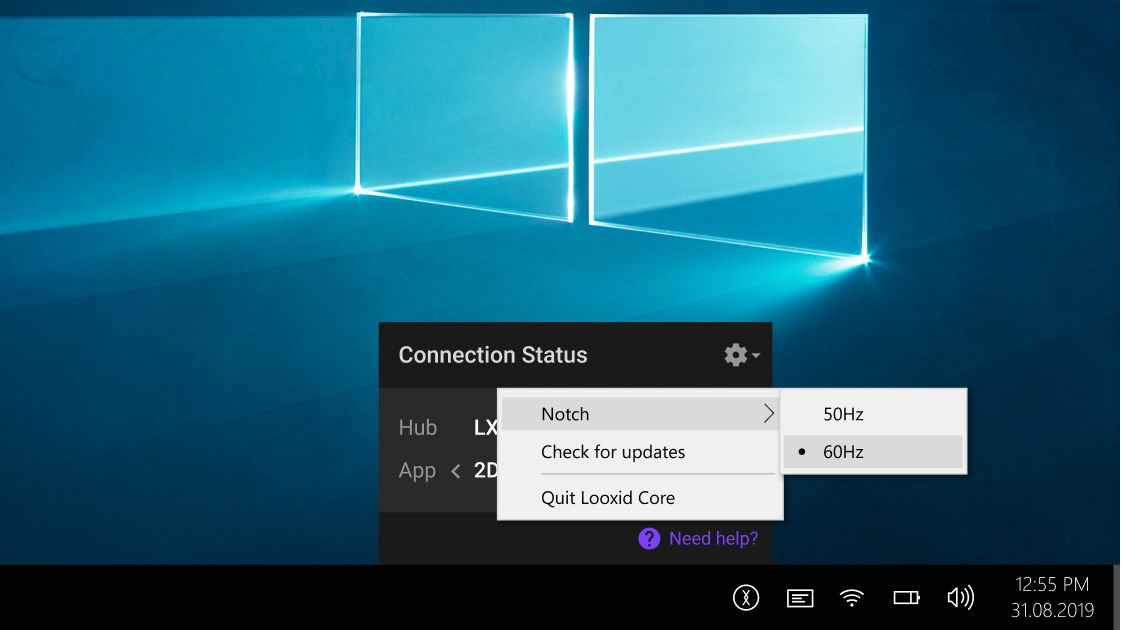
Demo applications (VR)
For showcasing purposes, several demo applications were provided with the product. These applications served as examples of how EEG data can be used in a VR environment.
The first demo, Interaction Playground, is a minigame-type attention/relaxation training application in which objects fall or rise according to the user's attention or relaxation level. The dashboard UI in this demo comprises four panels showing real-time brainwave data: EEG sensor status, mind index (left/right activity level, attention, relaxation), feature index (delta, theta, alpha, beta, gamma), and raw signals of each channel.
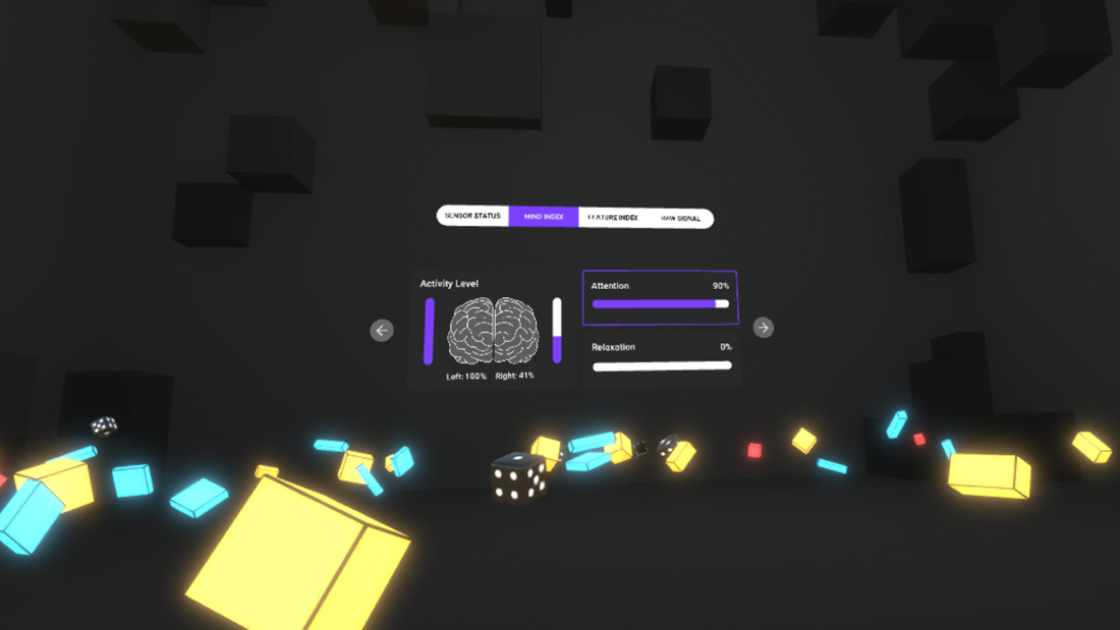
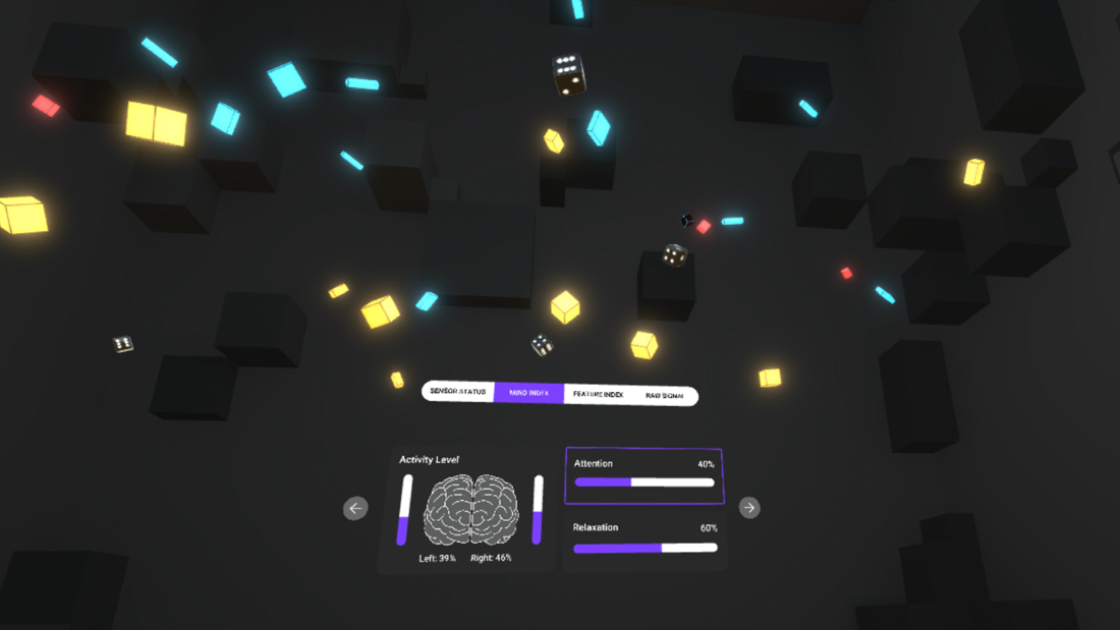
The second demo, VR Mind Care, is a neurofeedback-based meditation application. The breathing guide animation in the centre of the screen is designed to help the user control their inhale and exhale. Furthermore, the colour of the breathing guide indicates the user's real-time balance level so they can focus on meditation more efficiently. For example, when the balance level is high, the breathing guide appears in light green, and when the balance level is low, the breathing guide appears in light red.
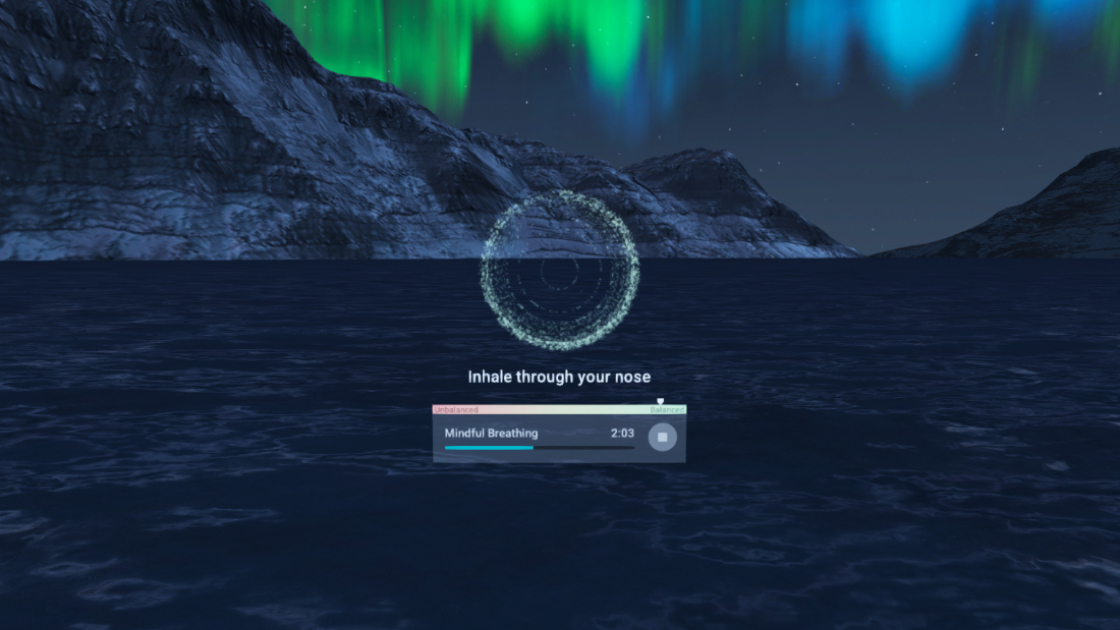
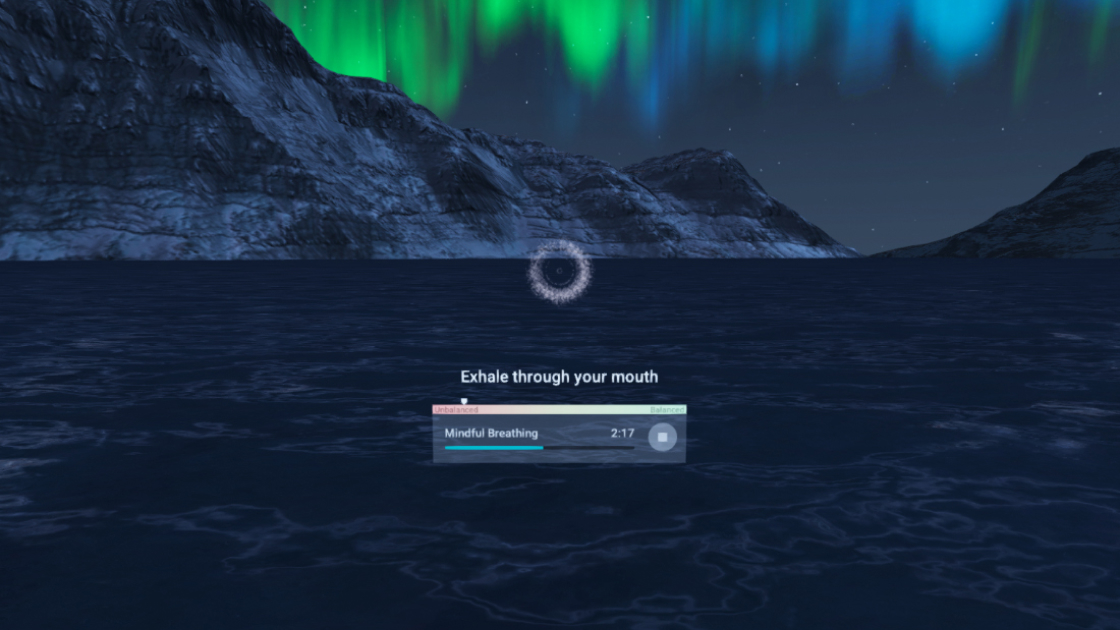
SDK documentation
To help the users utilise brainwave data in their VR applications smoothly, the Looxid Link SDK came with a documentation page. Based on the initial draft written by the software team, the document's overall structure and format were organised and designed in the form of a web page. Since version control and distribution of the SDK were done through GitHub, the documentation page was also published via the same repository.
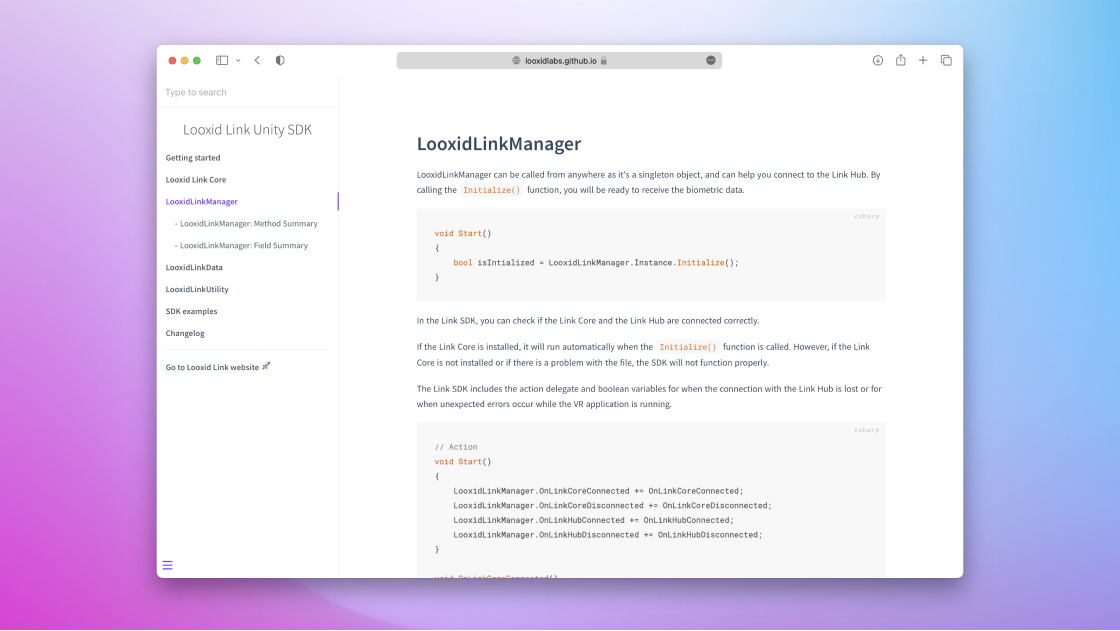
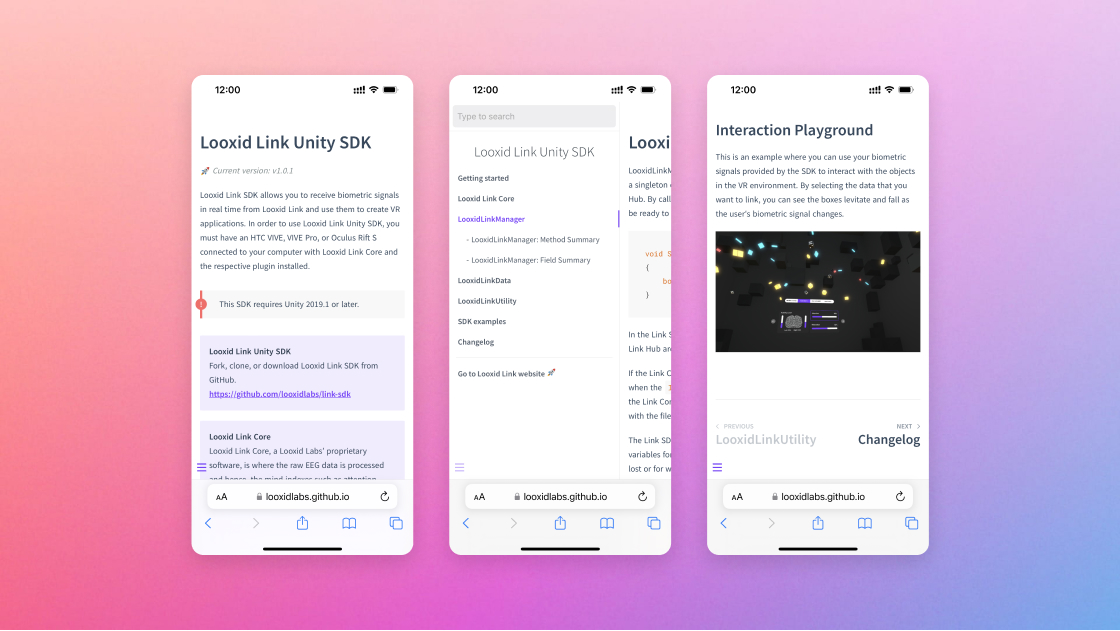
Product brochure
As the company participated in a number of global tech events, product brochure design was part of the project scope as well. It was designed in the A5 format considering the ease of printing and portability, and the contents were reorganised and arranged accordingly.

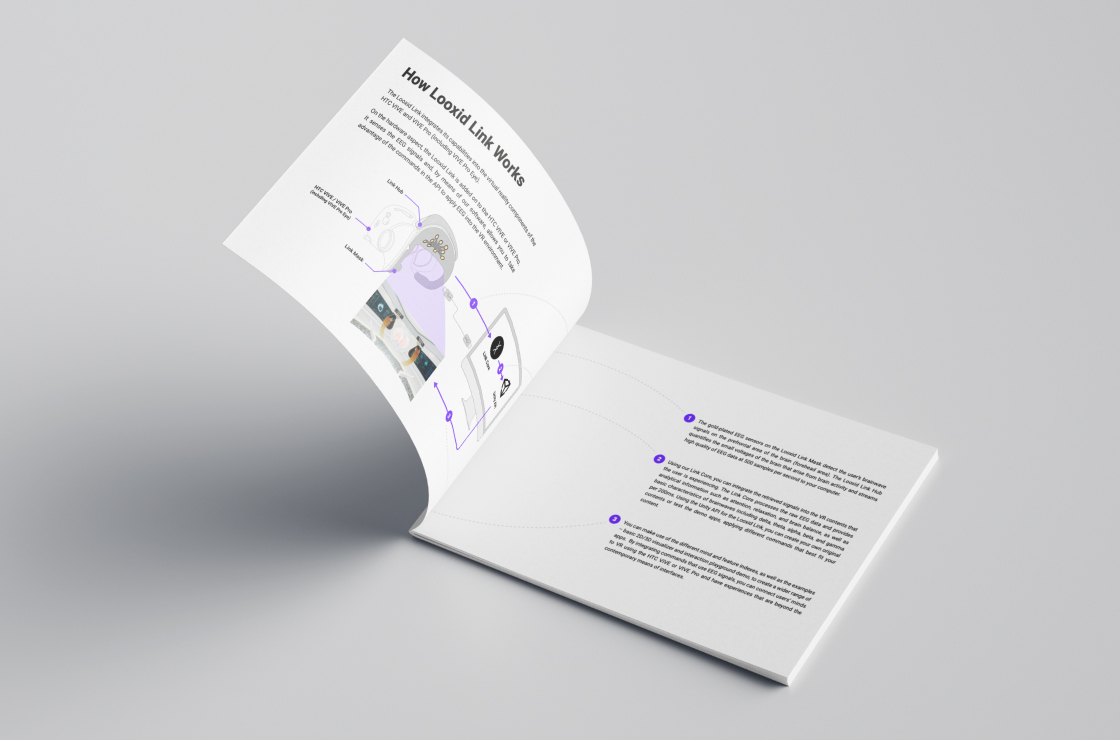
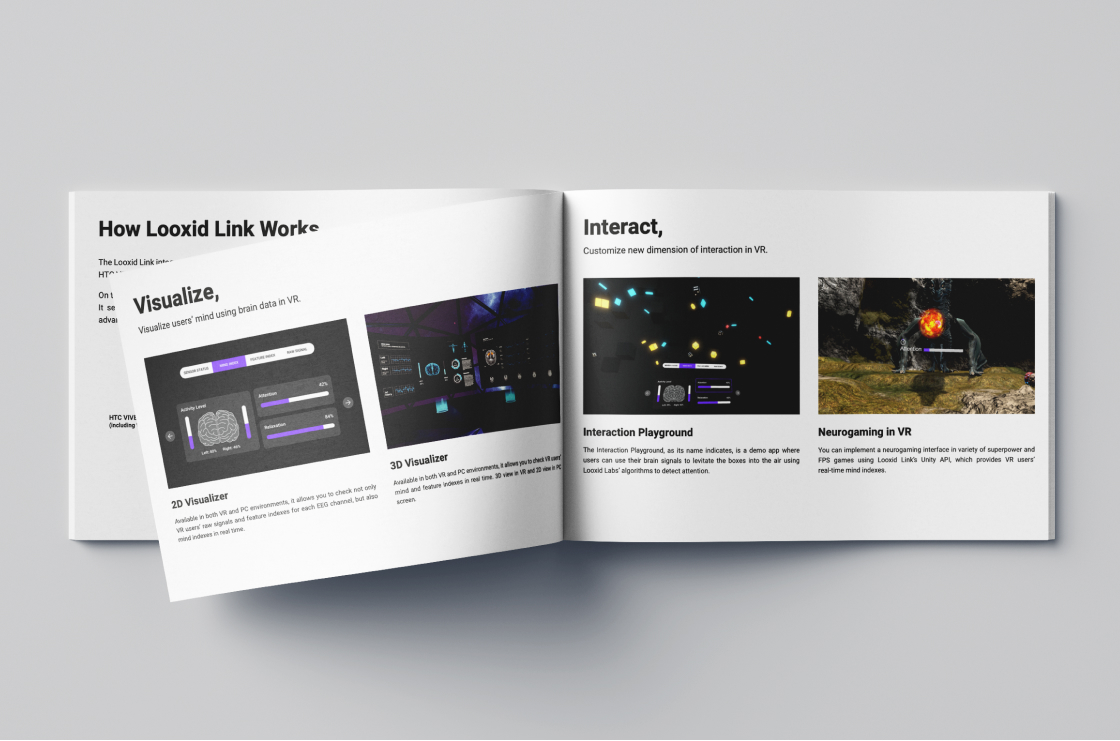
Product package
In order to emphasise the 'DIYness' of the casual and versatile development kit, the product package was designed as a kraft box with monochrome printing. Each box was sealed with a strip-shaped security sticker printed with the Looxid Link logo. In addition, the main product box and the box for the supplementary EEG masks were designed in the same size to facilitate warehouse storage and bulk distribution.
